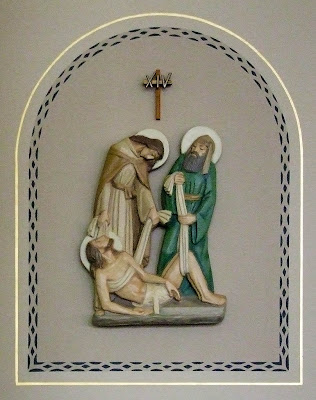
Some of my cats, I was told today, are Maine Coon Cats. They are very big, friendly, and amusing cats.



In 1871 the church building began and by 1872 the construction was completed. The bricks were made from the clay from what now is the cemetery at Holy Family, and the work was done by the parishioners.
From 1871 to 1908 the Mass was celebrated at Port Hudson once a month on a Monday by a Jesuit missionary priest from Washington. Mass was in German.
In 1918 the present choir loft and sacristy were constructed. In 1932 the steeple was built to replace a bell tower that stood in front of the church.
The school was built in 1936.
The wood altar which had a larger table to the front of it was installed in 1953. Because of changes in the liturgy the altar was remodeled in 1965.
Our church is presently decorated with the liturgical symbol of the anchor. This ancient Christian symbol proclaims (Hebrews 6:19) that Jesus is our anchor in every generation, keeping us steady with God in an unstable world.





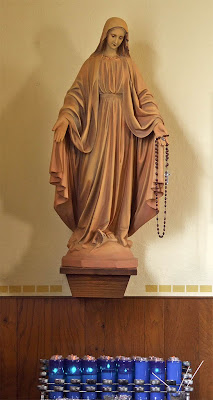
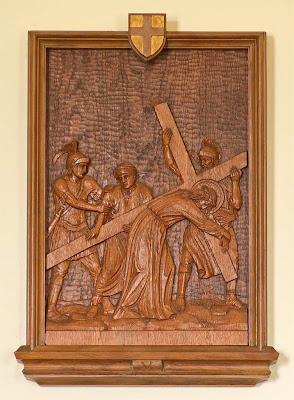



To what then shall I liken our present condition? It may be compared, I think, to some naval battle which has arisen out of time old quarrels, and is fought by men who cherish a deadly hate against one another, of long experience in naval warfare, and eager for the fight. Look, I beg you, at the picture thus raised before your eyes. See the rival fleets rushing in dread array to the attack. With a burst of uncontrollable fury they engage and fight it out. Fancy, if you like, the ships driven to and fro by a raging tempest, while thick darkness falls from the clouds and blackens all the scenes so that watchwords are indistinguishable in the confusion, and all distinction between friend and foe is lost. To fill up the details of the imaginary picture, suppose the sea swollen with billows and whirled up from the deep, while a vehement torrent of rain pours down from the clouds and the terrible waves rise high. From every quarter of heaven the winds beat upon one point, where both the fleets are dashed one against the other. Of the combatants some are turning traitors; some are deserting in the very thick of the fight; some have at one and the same moment to urge on their boats, all beaten by the gale, and to advance against their assailants. Jealousy of authority and the lust of individual mastery splits the sailors into parties which deal mutual death to one another. Think, besides all this, of the confused and unmeaning roar sounding over all the sea, from howling winds, from crashing vessels, from boiling surf, from the yells of the combatants as they express their varying emotions in every kind of noise, so that not a word from admiral or pilot can be heard. The disorder and confusion is tremendous, for the extremity of misfortune, when life is despaired of, gives men license for every kind of wickedness. Suppose, too, that the men are all smitten with the incurable plague of mad love of glory, so that they do not cease from their struggle each to get the better of the other, while their ship is actually settling down into the deep.Saint Basil then tells us that the fight against the Arian heretics of his time led to extreme divisions among the orthodox, leading to this night battle, where friend and foe cannot recognize each other.
One side was of the opinion that this cultural revolution was what the Council had wanted. It identified this new Marxist cultural revolution with the will of the Council. It said: This is the Council; in the letter the texts are still a bit antiquated, but behind the written words is this “spirit,” this is the will of the Council, this is what we must do. And on the other side, naturally, was the reaction: you are destroying the Church. The – let us say – absolute reaction against the Council, anticonciliarity, and – let us say – the timid, humble search to realize the true spirit of the Council. And as a proverb says: “If a tree falls it makes a lot of noise, but if a forest grows no one hears a thing,” during these great noises of mistaken progressivism and absolute anticonciliarism, there grew very quietly, with much suffering and with many losses in its construction, a new cultural passageway, the way of the Church.In the chaos of this period, which led to schism, nihilism, and factionalism, there was another way, but it was a quiet, humble way.
Thus it seems to me that we must learn the great humility of the Crucified One, of a Church that is always humble and always opposed by the great economic powers, military powers, etc. But we must also learn, together with this humility, the true triumphalism of the Catholicism that grows in all ages.
...we can go forward joyously and full of hope.




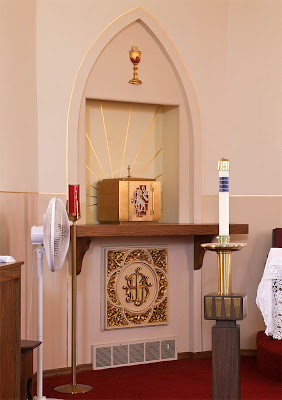




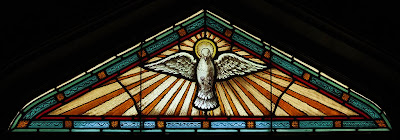





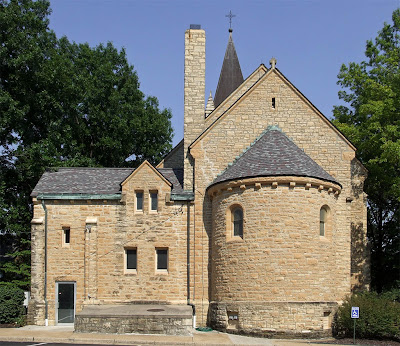
New Haven was founded in 1836 as a riverboat stop on the Missouri River called "Miller's Landing." Founder Phillip Miller operated a wood yard on the river to fuel the steamboat trade. The arrival of the "Iron Horse," the Union Pacific railroad, in the 1850s, brought more commerce and activity to the area. In 1856, town fathers changed the name from Miller's Landing to "New Haven," reflecting the growth of the town from its origins as a steamboat stop.The town is named after New Haven, Connecticut.
German immigrants helped settle the area through the 19th century, many of them coming from the Borgholzhausen, Germany area. Today, New Haven maintains an active Sister-City partnership with Borgholzhausen.
New Haven continued to grow through the 20th century. The town is home to several beautiful churches built in the 1800s and early 1900s, and much of the original downtown district, dating from the late 1800s, remains. Both the downtown area, as well as a residential neighborhood near downtown are listed on the National Register of Historic Places.
"But it's the right thing to do, to provide age-appropriate sex education, science-based sex education in schools," Obama said at last week's forum.A rival candidate is attempting to appeal to conservative voters by stating his opposition to this. However:
Romney's assertions got enough traction that Obama was asked about it in the Democratic debate Monday night. Obama responded by saying Romney himself had held the same position on sex education in 2002. As a candidate for governor that year, Romney had checked a box on a Planned Parenthood questionnaire saying he supported age-appropriate sex education about both abstinence and contraception in public schools.(Considering all of the front-runner presidential candidates, I would say that no matter who wins, we lose.)
If someone touches you in a way that makes you feel uncomfortable,This seems good, right? Why should anyone object to this?
then that person's act is inappropriate.
If someone touches you in a way that does not make you feel uncomfortable,Bingo. Couple this popular teaching with the current push to reduce or eliminate the age of consent, then we end up with a pædophile's paradise. Traditional moral teaching does not put the judgment of goodness solely on the shoulders of potential child victims, nor does it base morality on feelings.
then that person's act is not inappropriate.



A tract of land was purchased by Rev. Peter J Verhagen, Provincial of the Jesuits, from the St. Louis Land Office On October 1, 1840. He deeded this land to Archbishop Peter Kenrick on July 18, 1857. The original lot of 40 acres thus became the property of the St. Louis Diocese.








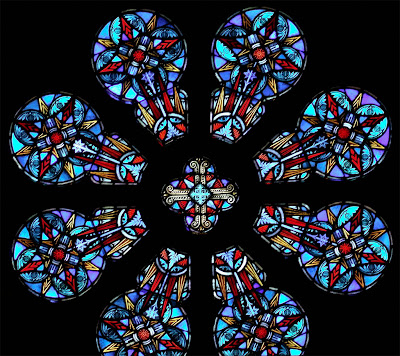





THE USE OF SPECIAL sacred vessels in the Mass goes all the way back to the institution of the Eucharist at the Last Supper and beyond that in Jewish Law and Temple ritual. That we ought to have vessels set aside for sacred use, and that they ought to be made of nonporous, worthy, and durable materials, derives from ritual purity laws, theology, and practical considerations.
328. Sacred vessels are to be made from precious metal. If they are made from metal that rusts or from a metal less precious than gold, then ordinarily they should be gilded on the inside.Note that the United States has an exception to the general rule, which is distressingly familiar in contemporary Catholic practice. However, to avoid excessive abuse, the exceptional rule for the US reiterates that the material used should be precious, durable, distinctive, and nonabsorbent. For whatever reason, some Catholics are repelled by the notion of gold sacred vessels, and instead are attracted to plain wood or pottery, or even common household dishes and cups.
329. In the Dioceses of the United States of America, sacred vessels may also be made from other solid materials that, according to the common estimation in each region, are precious, for example, ebony or other hard woods, provided that such materials are suited to sacred use and do not easily break or deteriorate. This applies to all vessels which hold the hosts, such as the paten, the ciborium, the pyx, the monstrance, and other things of this kind.
330. As regards chalices and other vessels that are intended to serve as receptacles for the Blood of the Lord, they are to have bowls of nonabsorbent material. The base, on the other hand, may be made of other solid and worthy materials.
331. For the consecration of hosts, a large paten may appropriately be used; on it is placed the bread for the priest and the deacon as well as for the other ministers and for the faithful.
332. As to the form of the sacred vessels, the artist may fashion them in a manner that is more in keeping with the customs of each region, provided each vessel is suited to the intended liturgical use and is clearly distinguishable from those intended for everyday use.
16. Particular respect and care are due to the sacred vessels, both the chalice and paten for the celebration of the Eucharist, and the ciboria for the Communion of the faithful. The form of the vessels must be appropriate for the liturgical use for which they are meant. The material must be noble, durable, and in every case adapted to sacred use. In this sphere, judgment belongs to the episcopal conference of the individual regions.and in Redemptionis Sacramentum (2004), which quotes the two previous excerpts:
Use is not to be made of simple baskets or other recipients meant for ordinary use outside the sacred celebrations, nor are the sacred vessels to be of poor quality or lacking any artistic style.
[117.] Sacred vessels for containing the Body and Blood of the Lord must be made in strict conformity with the norms of tradition and of the liturgical books. The Bishops’ Conferences have the faculty to decide whether it is appropriate, once their decisions have been given the recognitio by the Apostolic See, for sacred vessels to be made of other solid materials as well. It is strictly required, however, that such materials be truly noble in the common estimation within a given region,[206]so that honour will be given to the Lord by their use, and all risk of diminishing the doctrine of the Real Presence of Christ in the Eucharistic species in the eyes of the faithful will be avoided. Reprobated, therefore, is any practice of using for the celebration of Mass common vessels, or others lacking in quality, or devoid of all artistic merit or which are mere containers, as also other vessels made from glass, earthenware, clay, or other materials that break easily. This norm is to be applied even as regards metals and other materials that easily rust or deteriorate.Some people, it seems, just don't get it, and have to be reminded of the requirements in ever more specific detail. This shows a lack of common understanding.
 THE PARISH OF my childhood neighborhood is Saint Dominic Savio.
THE PARISH OF my childhood neighborhood is Saint Dominic Savio.





